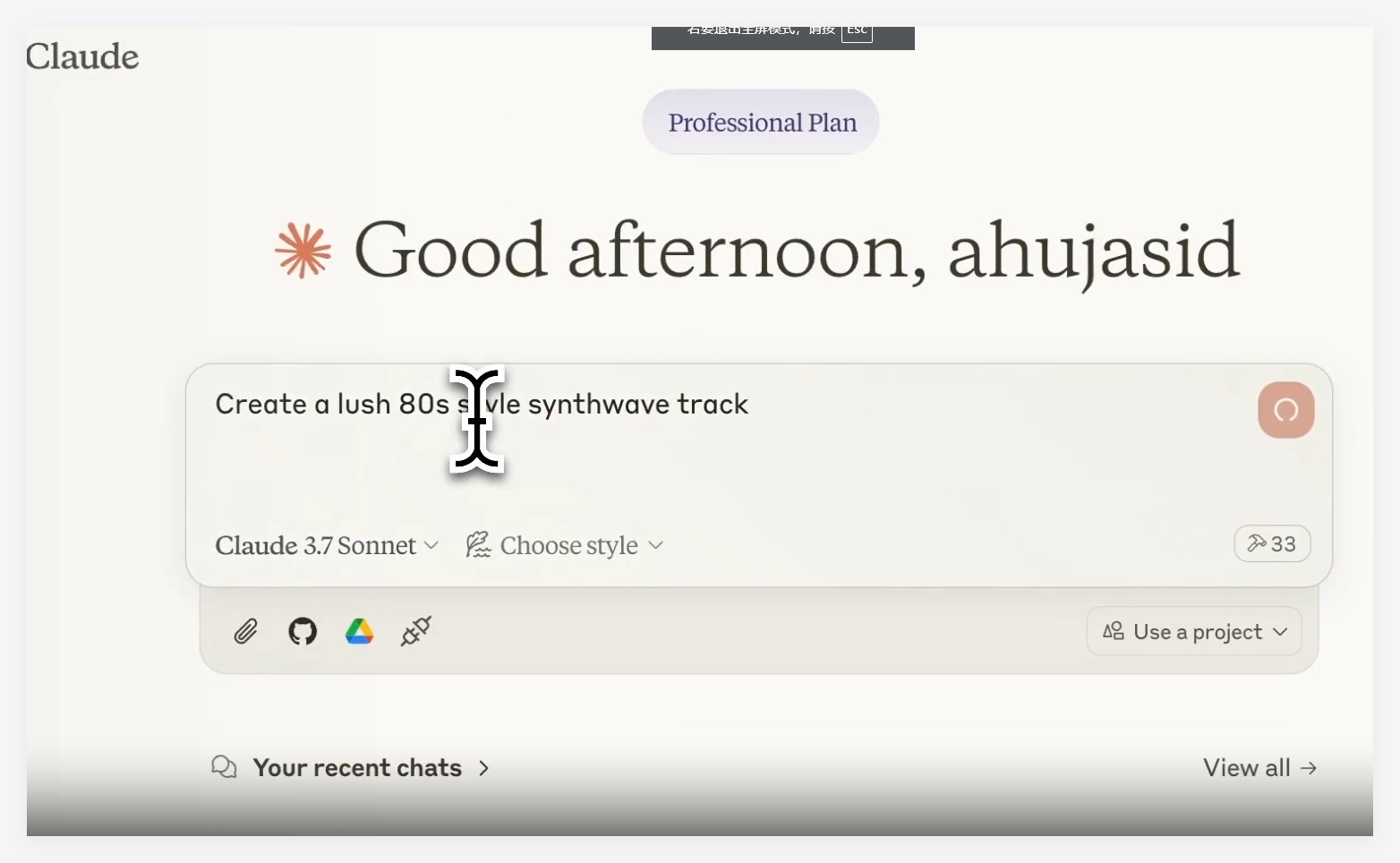Recently, Blender-MCP (Model Context Protocol) was officially open-sourced. By seamlessly integrating Anthropic's Claude AI with Blender, it achieves a breakthrough in creating complex 3D scenes using natural language prompts. According to AIbase, this tool allows users to generate stunning 3D models with just text descriptions, such as a "low-poly dragon guarding treasure" scene, significantly lowering the technical barrier to 3D modeling. Blender-MCP is now available on GitHub and has sparked widespread discussion among 3D artists and AI developers.

Core Functionality: Natural Language Control of 3D Creation
Blender-MCP establishes two-way communication between Claude AI and Blender via the MCP protocol, giving users unprecedented creative freedom. AIbase has summarized its main features:
Scene Generation: Users can generate complete 3D scenes, including objects, materials, and lighting, with simple prompts like "Create a low-poly dungeon with a dragon guarding a golden pot".
Asset Management: Supports direct access to Poly Haven's models, textures, and HDRI resources to enrich scene details.
Real-time Feedback and Correction: Claude can read Blender scene information in real-time and automatically adjust or optimize if the generated results are off.
Python Script Execution: Supports running Blender's internal Python scripts through Claude to automate complex modeling tasks.
AIbase noted that a demonstration video showcased Blender-MCP creating a "low-poly dragon guarding treasure" scene in a few sentences. The scene included dungeon walls, torches, and dynamic smoke, demonstrating its efficient and intuitive creative capabilities.
Technical Architecture: Efficient Integration and Modular Design
Blender-MCP uses a socket-based server architecture, utilizing the JSON protocol for communication between Claude and Blender. AIbase analysis reveals its core components include:
Blender Plugin: An addon.py installed within Blender, providing a user interface and connection management.
MCP Server: Runs locally, ensuring real-time interaction between Claude and Blender.
Asset Integration Module: Supports Poly Haven and Hyper3D APIs, allowing the generation or import of high-quality 3D resources.
This framework is compatible with Blender 3.0 and above, requiring Python 3.10 and the uv package. Developers can quickly deploy it with simple configuration (e.g., modifying claude_desktop_config.json), and the detailed documentation provided by the community further reduces the learning curve.
Wide Applications: Full-Scene Coverage from Games to Education
The release of Blender-MCP brings revolutionary applications to multiple fields. AIbase summarizes its main applications:
Game Development: Quickly generate low-poly assets to accelerate prototyping and level design.
Concept Art: Generate 3D scenes from 2D reference images or text descriptions, facilitating rapid creative iteration.
Education and Training: Reduce the learning curve for 3D modeling; students can learn Blender operations through natural language.
Architectural Visualization: Generate building models and environments based on text, simplifying the design process.
Community feedback shows that Blender-MCP is particularly favored by independent creators and small studios. Its open-source nature and flexibility make it an ideal tool for rapid prototyping.
Getting Started: Simple Configuration, Rapid Creation
AIbase understands that installing and using Blender-MCP is user-friendly, requiring only the following steps:
Download addon.py from GitHub and install the plugin in Blender.
Configure Claude's MCP server, adding uvx commands and Blender-MCP parameters.
Connect to Claude in the Blender 3D viewport sidebar (press N), and you can start creating with prompts.
To avoid connection issues, ensure that only a single MCP server instance is running and regularly check the Poly Haven API settings. Hardware-wise, devices with an RTX 3060 or higher GPU can run smoothly, suitable for most creators.
Community Feedback and Future Outlook
Since its release, Blender-MCP has been enthusiastically embraced by the global 3D community. Developers call it a "game-changer for 3D creation," particularly excelling in rapid prototyping and educational scenarios. AIbase has observed that the open-source community has begun contributing optimization solutions, such as enhancing Hyper3D model generation and supporting multi-language prompts. In the future, the team plans to integrate more AI models (such as DeepSeek R1) and optimize the generation efficiency of complex scenes to further enhance the user experience.
Project Address: https://github.com/ahujasid/blender-mcp








